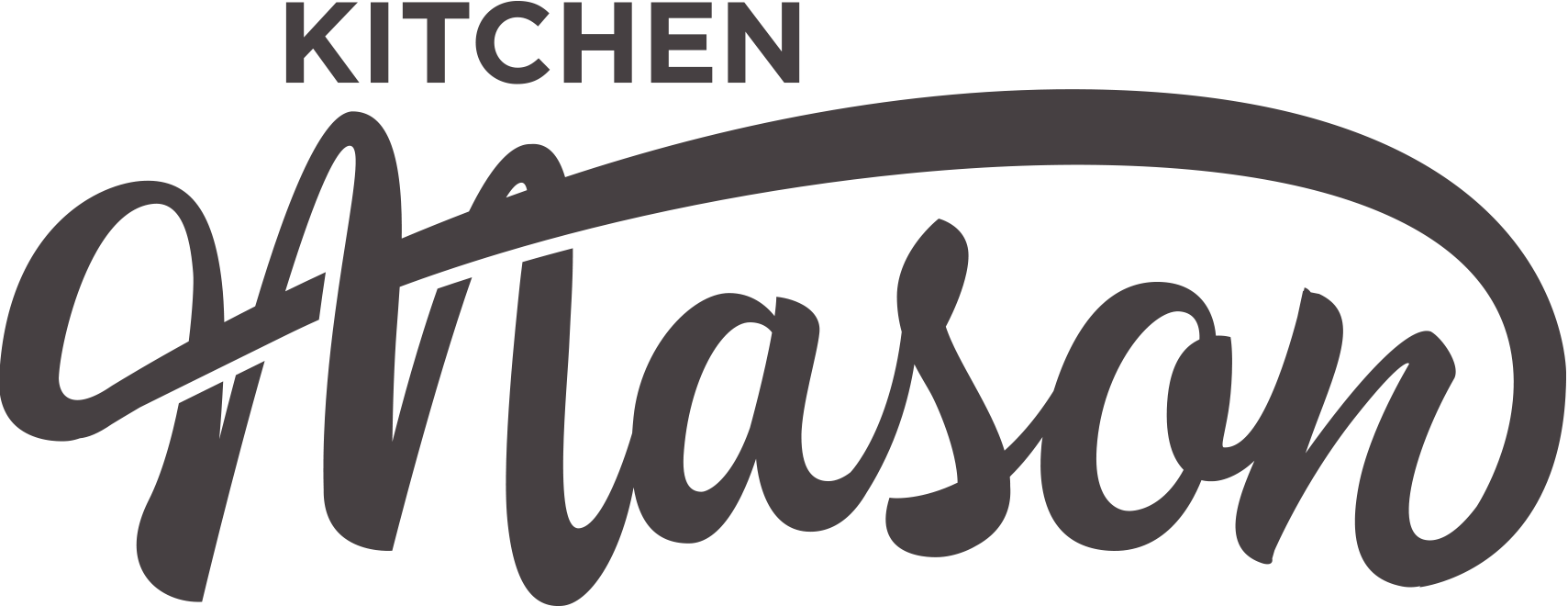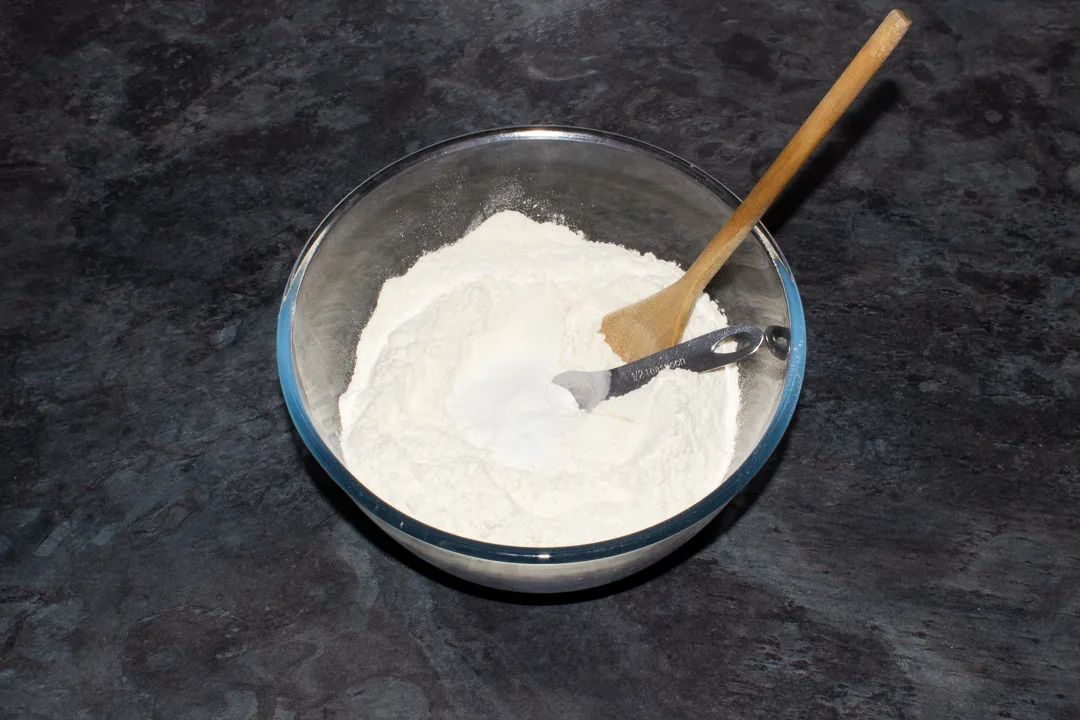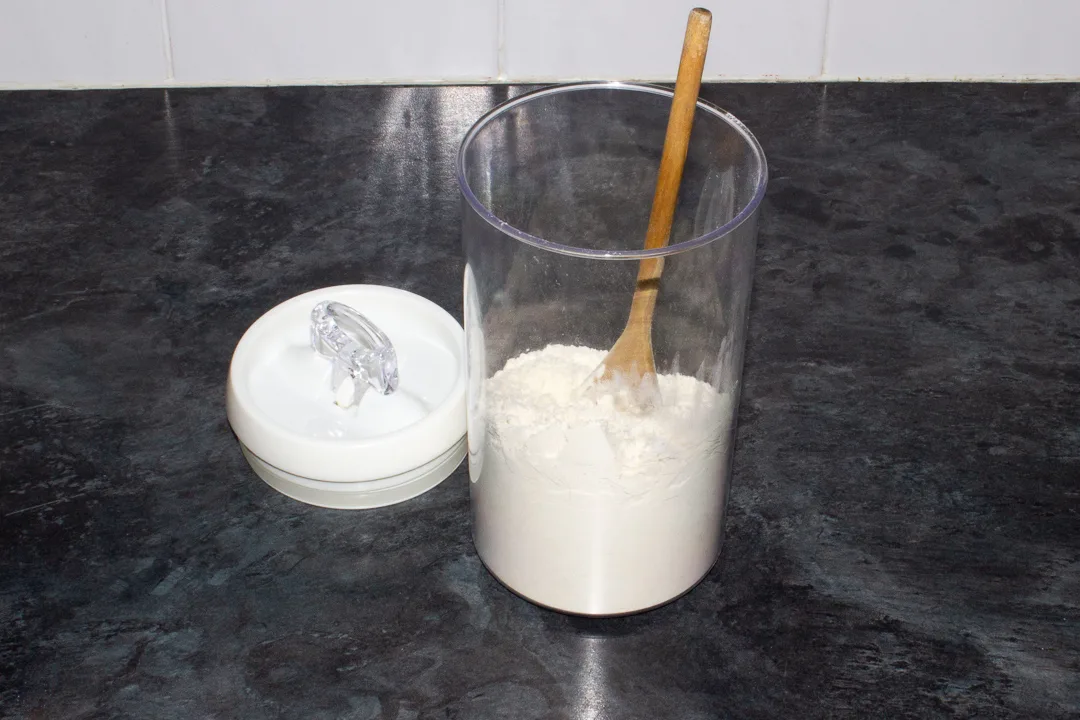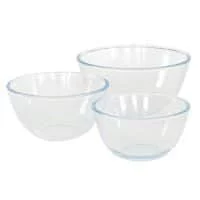This post may contain affiliate links. Where I make a small commission on purchased items, at no extra cost to you. See my disclosure for details.
Does a recipe call for self raising flour but you only have plain? Need it in a hurry and can’t get to the shops? In this helpful post, learn just how quick and easy it is to make homemade self raising flour, using just 2 ingredients that you will already have in your cupboards. Includes a handy quick reference guide, where I’ve already worked out the ingredient ratios for you!
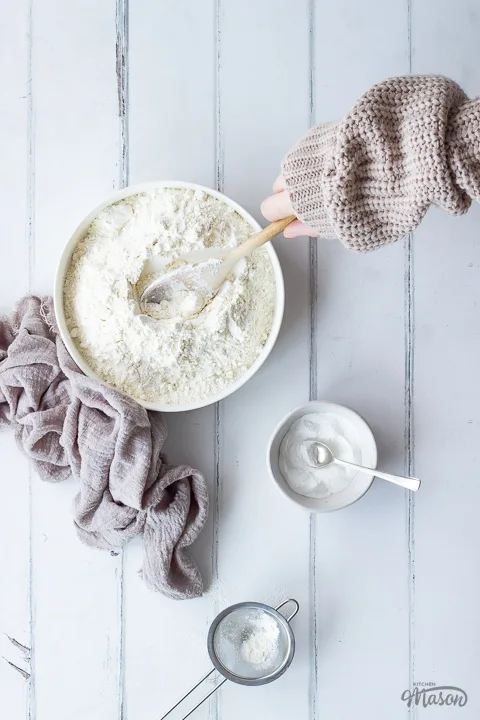
What’s the best self raising flour substitute?
If you don’t have self raising flour and can’t get to the shops, the best substitute is making your own! It’s really quick and easy, and you’ll likely already have the 2 ingredients that you need.
Simply mix together the correct ratio of plain flour and baking powder (more on that later) then use as per your recipe. Easy peasy!
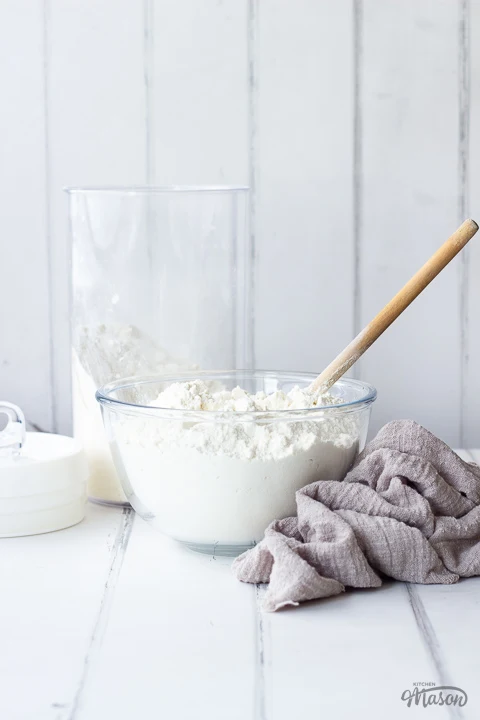
How much baking powder to make self raising flour?
This depends on how much self raising flour you need to make. The ratio is 1 tsp of baking powder to 75g of plain flour. If you require more than this, simply multiply as needed.
So if you need 150g of self raising flour, sift together 2 tsp of baking powder and 150g of plain flour. I’ve created a quick reference guide to make this easier for you. Find it further on in this post.
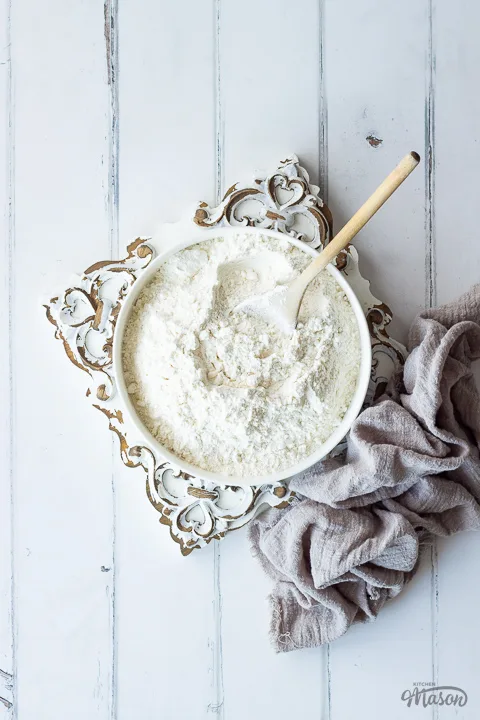
Can I substitute baking powder with bicarbonate of soda?
No, you can’t substitute baking powder for bicarbonate of soda as they both react differently in baking.
Bicarbonate of soda is activated when mixed with acidic ingredients (like vinegar, buttermilk etc) and moisture. Whereas baking powder is activated when mixed with any liquid, no acid required. So better suited to a wider variety of bakes.
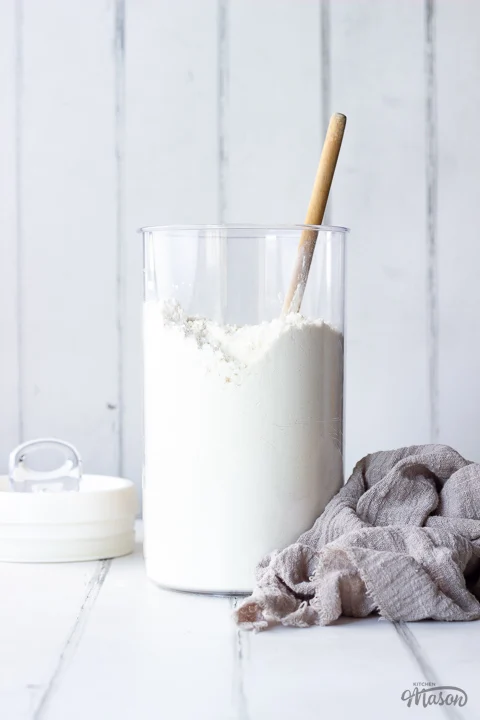
How do you test if baking powder is still active?
If your baking powder is out of date, don’t use it. You won’t get the lift in your bakes if you do.
If it’s on the cusp of going out of date, or you’re not sure if it’s good – there’s a really easy test to check.
Put 1/2 tsp of baking powder in a small bowl and pour over 80ml of boiling water. If it bubbles, it’s good. If not, you need to bin it and get some more.

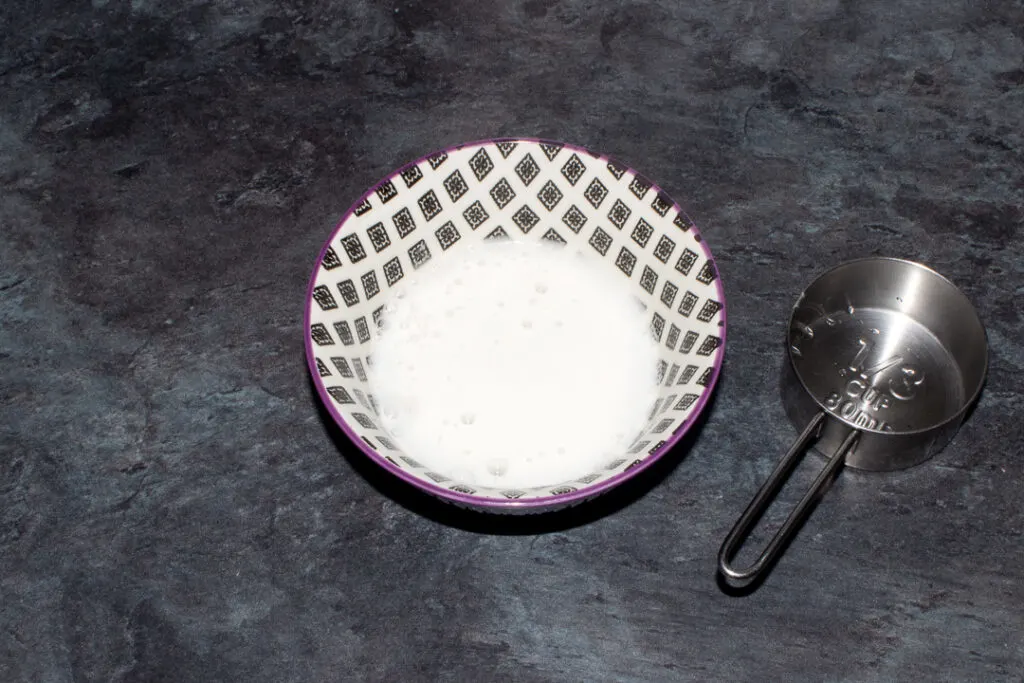
What’s the best place to store homemade self raising flour?
The best place to store homemade self raising flour is in an airtight container at room temperature. Depending on the lifespan of your baking powder (check the date on the packet), it should last for up to 1 year.
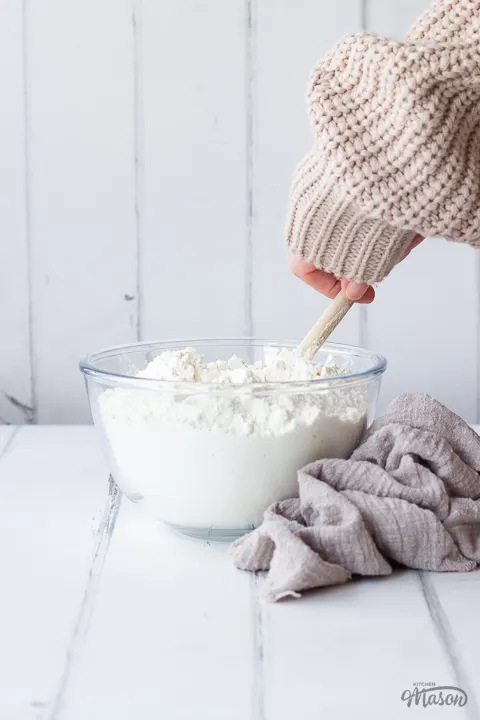
Plain flour to self raising flour – quick reference guide
Need to know the ratios at a glance? Here’s a handy table to help you work out the quantities needed to make various amounts of self raising flour.
| How much needed? | Quantity of plain flour | Quantity of baking powder |
| 75g | 75g | 1 tsp |
| 150g | 150g | 2 tsp |
| 225g | 225g | 3 tsp |
| 300g | 300g | 4 tsp |
| 375g | 375g | 5 tsp |
| 450g | 450g | 6 tsp |
Love this ‘how to’? Pin it!
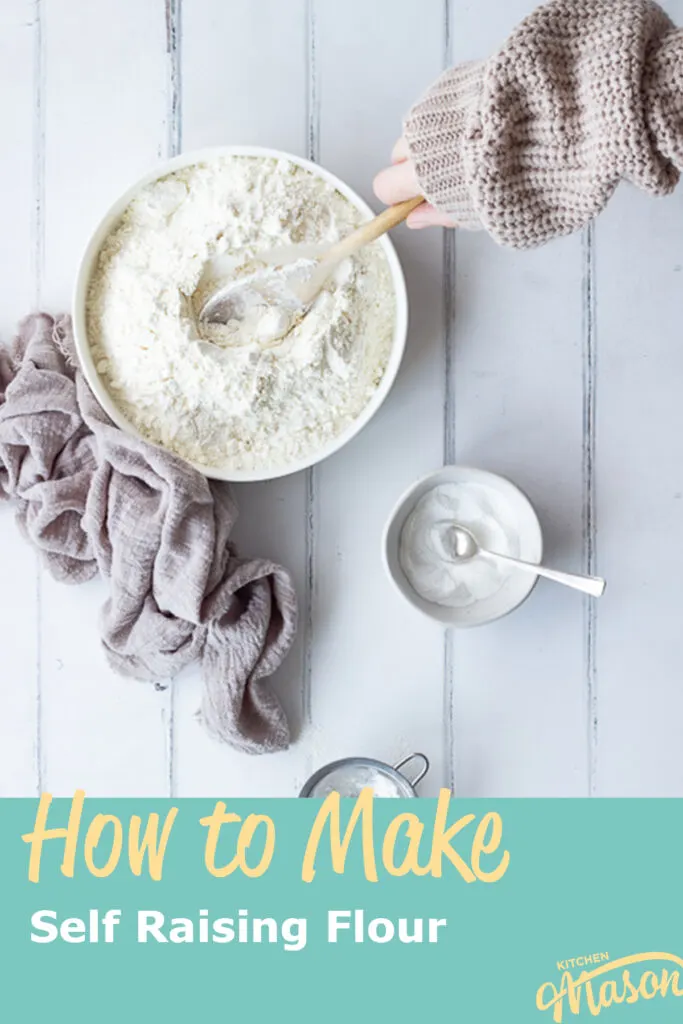
Want to put your homemade self raising flour to the test?
…you might like these recipes:
Love learning cooking and baking tips?
Check out these other helpful tips and basics articles! You might also enjoy reading Baking for beginners if you’re just getting into things, or want to brush up on your baking knowledge.
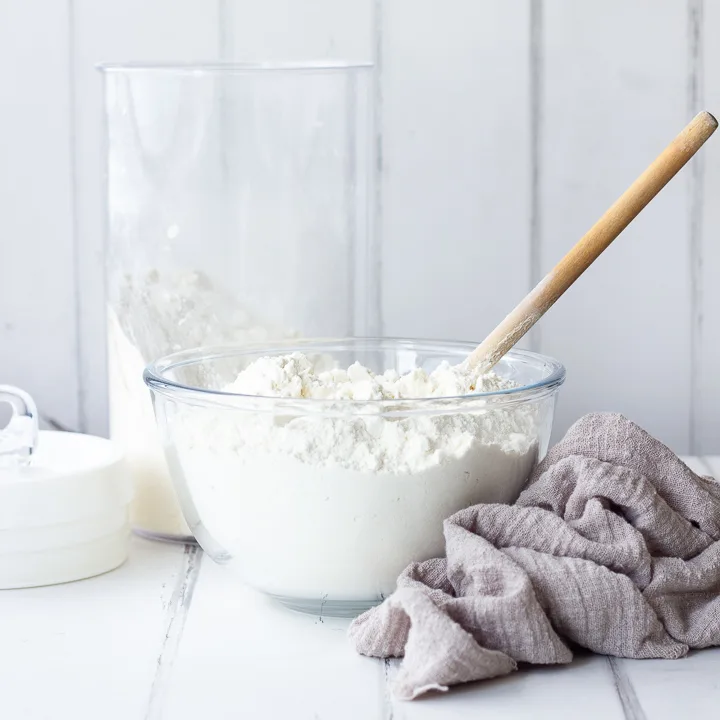
How To Make Self Raising Flour - Printable
Need self raising flour but only have plain? Can't get to the shops? Learn how to make self raising flour with just 2 common ingredients you'll already have in your cupboards!
Materials
- 75g Plain Flour
- 1 tsp Baking Powder
Tools
- Sieve
- Bowl
- Airtight Container
Instructions
- Sieve the plain flour into a bowl.

- Add the baking powder and mix it together.

- Store in an airtight container at room temperature. Use within 1 year.

Notes
See the main post for lots more tips, FAQs and helpful info about making your own self raising flour.
Quick Reference Guide
1 tsp baking powder + 75g plain flour = 75g Self raising flour
2 tsp baking powder + 150g plain flour = 150g Self raising flour
3 tsp baking powder + 225g plain flour = 225g Self raising flour
4 tsp baking powder + 300g plain flour = 300g Self raising flour
5 tsp baking powder + 375g plain flour = 375g Self raising flour
6 tsp baking powder + 450g plain flour = 450g Self raising flour
Recommended Products
As an Amazon Associate and member of other affiliate programs, I earn from qualifying purchases at no extra cost to you.
Have your say!
Did you find this post useful? Thought of something I may have missed? Let me know! Get in touch via social media – on Facebook, Twitter and Instagram. Or email me at emma@kitchenmason.com. I’d love your feedback!
